
17 May The Connection Between Creativity and Mental Illness- Remarkable Artists Who Suffered Mental Illness, And How It Affected Their Art
Artistic talent ever so often comes with a price. Mental illnesses have a considerable impact on
the sufferer’s creativity and how they choose to express themselves. The artists and their
stunning work we admire today were once troubled with mental depression, trauma and mania.
To recognize this important topic, we would like to talk about 5 artists who brought us beautiful
art while suffering from bouts of mental illness. The artists you will now learn about used their
painting as a means of art therapy during phases where their mind was playing tricky games
with them, which then lead to anxious and negative thoughts about their own talent and the
beauty of life itself.
As an art community, we want to highlight the importance of Mental Awareness Month and raise
awareness on the unfair stigma associated with mental illness. Keep reading to find out how
these heroic artists provide a present to the world in the form of timeless art which makes the
world a brighter place, despite of being associated with a past of struggling to find joy.
1. Vincent Van Gogh
Till today, the most famous example of an artist who suffered mental illness is the
immensely talented Vincent Van Gogh. Van Gogh suffered from depression and anxiety
throughout his short life, and ironically once said ‘’I put my heart and soul into my work,
and lost my mind in the process’’.
A Dutch Impressionist Painter, Van Gogh painted still-life works, self-portraits and
landscapes. Although not commercially successful, and with an early death at 37 from a
self-inflicted gunshot that came years after poverty, mental illness and depression, Van
Gogh’s fame ironically began once he was gone. He is now considered one of the most
influential artists in the history of Western Art. His artwork, with bold colours and brush
strokes, portrays not just a tortured mind, but also an extraordinary creative aura.
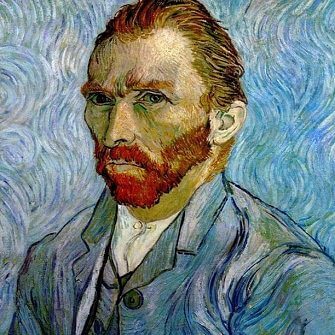
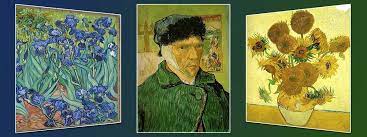
2. Edward Munch
‘’A lot of art exists only because of my illness, hence I can not get rid of it”, expressed the
Norwegian painter Edvard Munch, famous for painting The Scream, and for being one of
the major artists behind the expressionist movement. Munch was predisposed to possible
mental health problems – one of his sisters and his mother died of tuberculosis when he
was very young, along with his father who suffered from depression and his other sister
was diagnosed with schizophrenia. Following this, Munch had a mental breakdown in
1908, which was further aggravated by alcoholism, which lead to him being admitted to a
mental health clinic in Denmark.

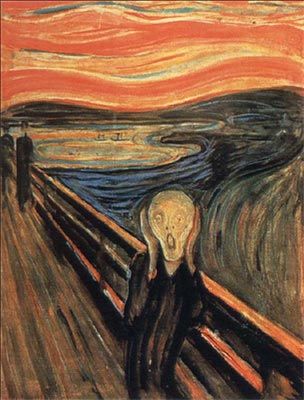
In addition to the known mental problems, the artist
faced other issues. In 1937, his works were confiscated by Hitler’s government, and
labeled by the dictator ‘’degenerate art’’. Munch wrote that sickness, madness, and death
were the ‘black angels’ – He saw his mental illness as an important motivation for his
art. He wrote in his diary: “My fear of life is necessary to me, as is my illness. They are
indistinguishable from me, and their destruction would destroy my art.”
His work, especially ‘The Scream’, is characterized by figures whose sense of despair and
anguish are quite evident. The strokes and colors that Munch uses in his compositions often
demonstrate his own state of mind.
3. Edgar Degas
The Impressionist painter Edgar Degas was known to be a vintage artist who hid away in his
studio just so that he could emerge at night to walk the streets of Paris. He used to visit salons
with a small group of fellow artists and said the following to his critics; ‘’ Is painting done to be
looked at? Do you understand me?” Degas then became friends with American Impressionist
painter Mary Cassatt, and was often seen in the Louvre doing artworks with her – however, they
were not romantically involved and Degas lived alone his entire adult life.
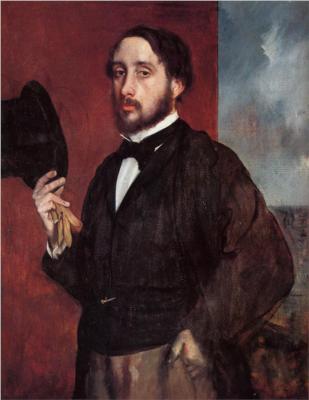
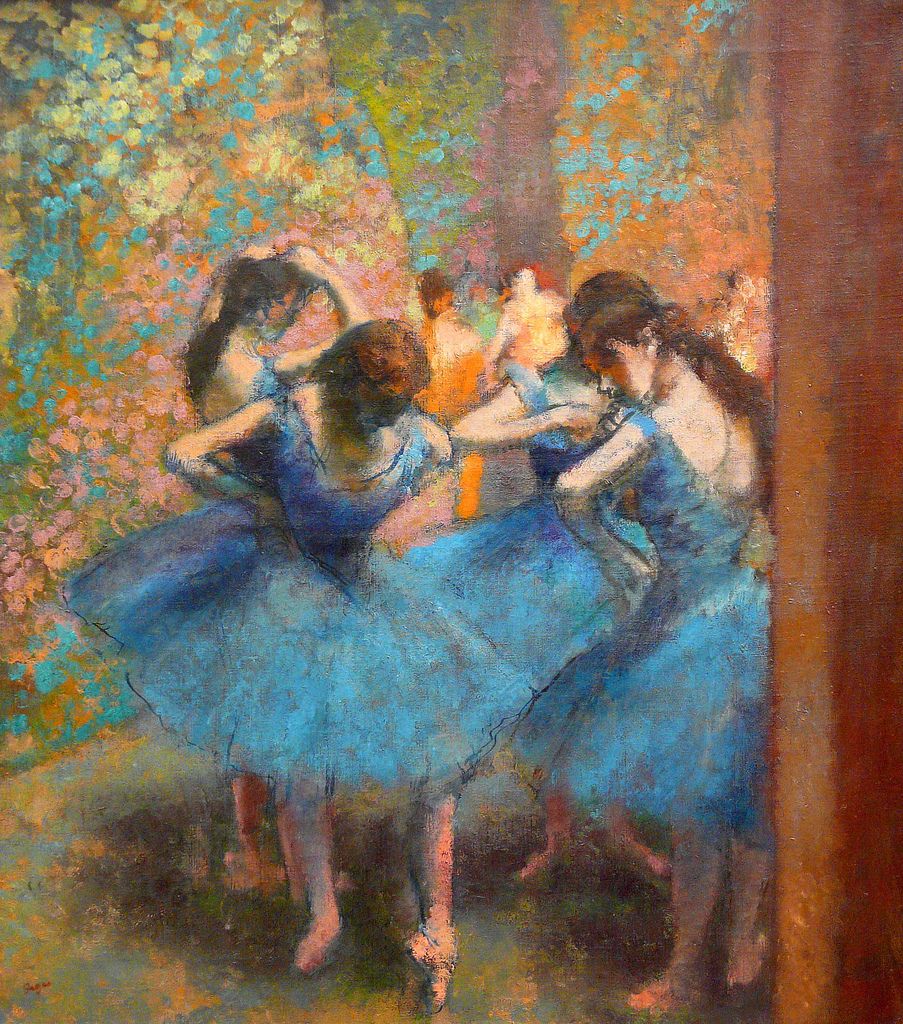
Following that period, Degas suffered from bouts of depression and aimlessness. He stated ‘’I’m
blocked, impotent, and I’ve lost the thread’’. He spent the last years of his life restlessly
wandering around the Paris streets. Despite of having a few friends, his irritable nature and
cruel sense of humour tended to chase people away. The wonderful artist left us in 1917. Isn’t it
amazing that someone like him could have made such beautiful and light hearted paintings of
singers, dancers and people enjoying themselves at the races?
4. Frida Kalho
The Mexican artist Frida Kalho was no stranger to mental illness- the work and life of this
incredible woman beared an uncanny amount of pain, loss and suffering. She was a woman
who endured horrible illness, an even worse accident, followed by her failed marriage with
Diego Rivera which was plagued by relentless infidelity. Due to these monumental events, Frida
went through anxiety and depression, along with alcoholism and identity issues throughout her
life.
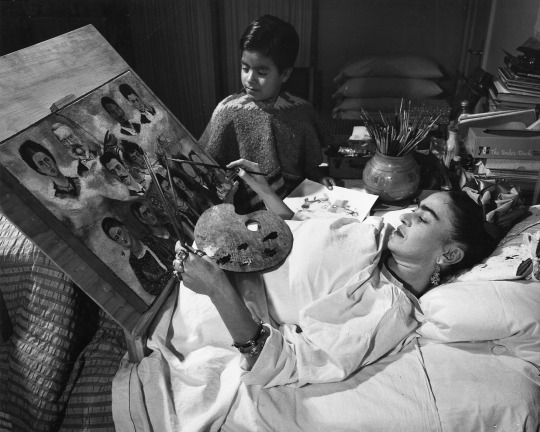
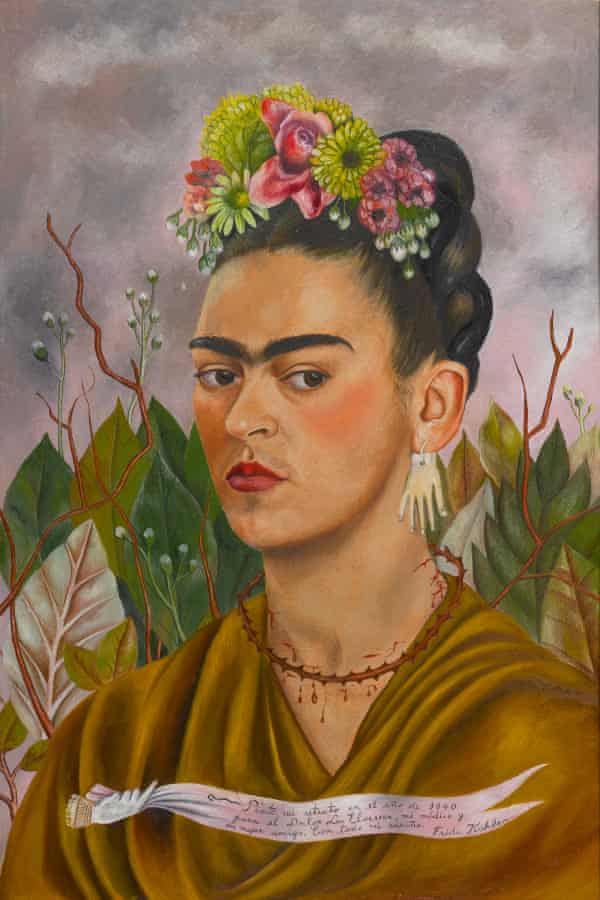
In 1925, the very ambitious Kalho went through a severe trolley accident which left her with
serious injuries that completely changed her life – a broken spinal column, pelvis, collarbone
and ribs. That wasn’t it, she even sustained eleven fractures on her right leg, along with a
dislocated shoulder. As a result, Kahlo spent 3 months in a full body cast recovering from her
injuries. To pass the time, her father set up an easel over her bed and gave her his paints so
that she could entertain herself. This is when Frida Kahlo, The Artist was born.
“My painting carries with it the message of pain.” – Frida Kahlo
Yes, Frida Kahlo battled mental illness, but she also really knew how to live.
5. Georgia O’ Keeffe
And finally we have Georgia O’Keeffe. The American artist suffered from depression, although it
is possible that her depressed state was situational. After a nervous breakdown in 1933, she
was admitted to a hospital for treatment. Due to this, she gave up on a project to complete a
Radio City Music Hall mural, and to add fuel to fire, her renowned photographer husband Alfred
Stieglitz was having an affair with a woman almost two decades younger than O’Keefe.
O’Keeffe then visited New Mexico earlier and loved it. She returned in mid-1934 and
recuperated from her hospital stay. In August she visited Ghost Ranch, north of Abiquiú, for the
first time, and decided immediately to live there. She moved into a house on the ranch property
in 1949. The warmth and beauty of Ghost Ranch really helped her heal, and they inspired some
of her most famous landscape paintings which she created till she was 98. Beautiful, isn’t it?
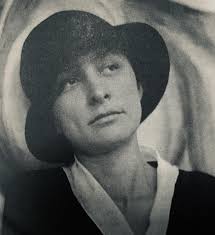
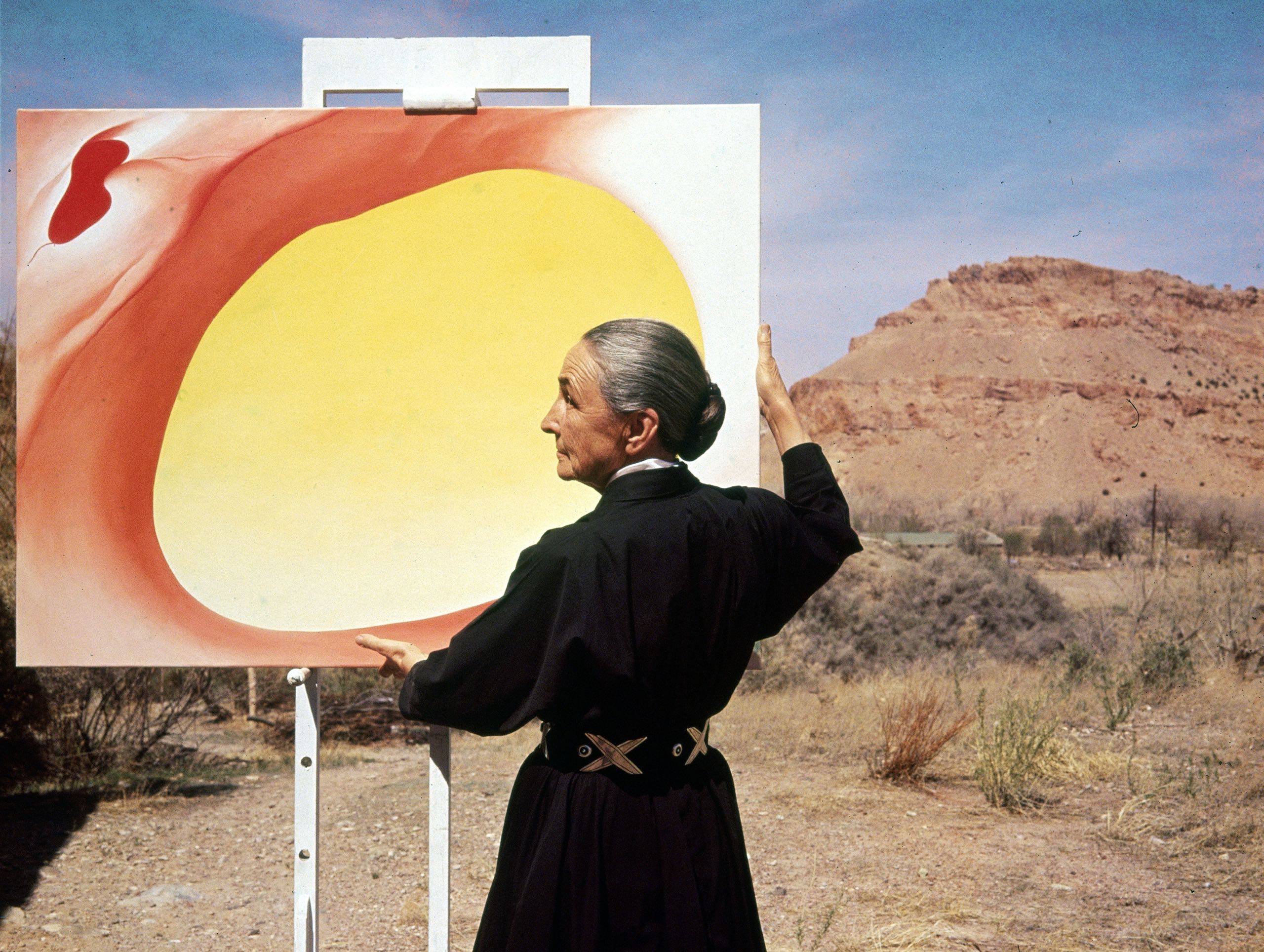
Conclusion
Five famous painters, and many more, suffered from mental illnesses. This month we stand still
by all of those around us who suffer from this illness, which can often make us feel isolated. The
reason for this article was a statement I heard during my latest Paint & Grape: “Art is better than
therapy”. She explained open heartedly how she is going through a depression and how art has
helped her to slowly let go. Art helps in the process of healing. Art is a way of giving a meaning
to something that cannot be expressed in words. Art can set you free.
If you are going through these challenges, remember you are not alone. In those times, picking
up a brush and simply doodling and creating can feel liberating. It might take your mind off for a
couple of moments, enough to make you feel a bit better. This Mental Health Awareness Month,
gift yourself or a someone you care about, an art experience which will help to heal your soul
from within.

